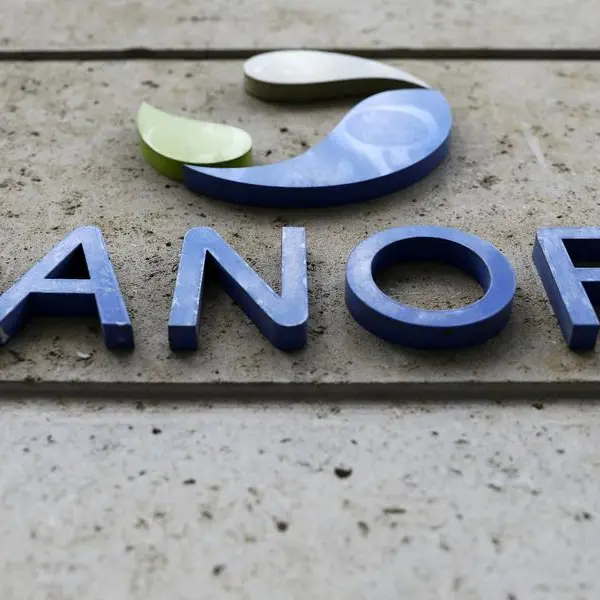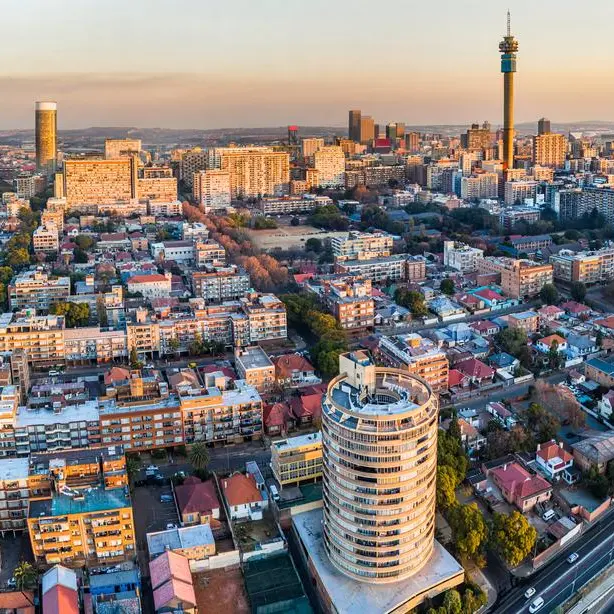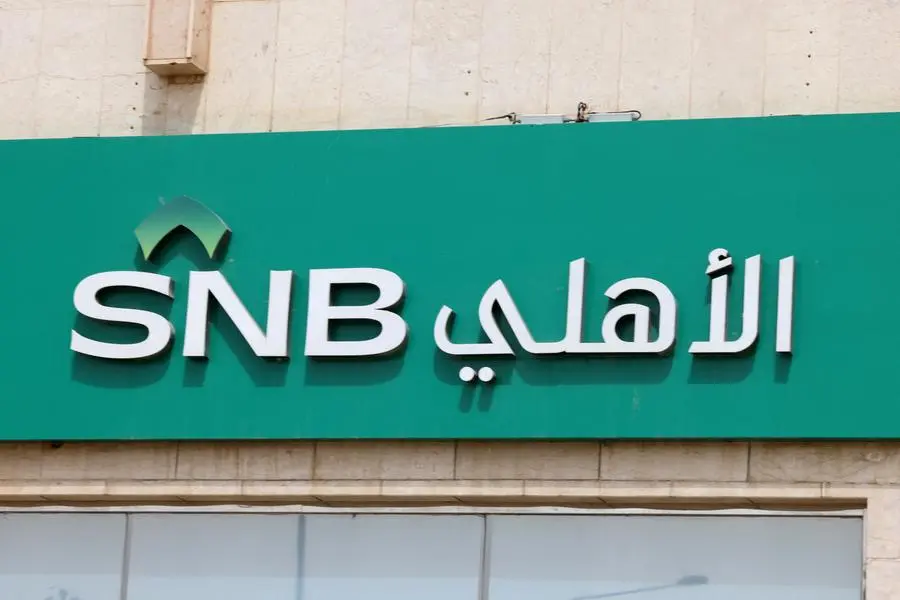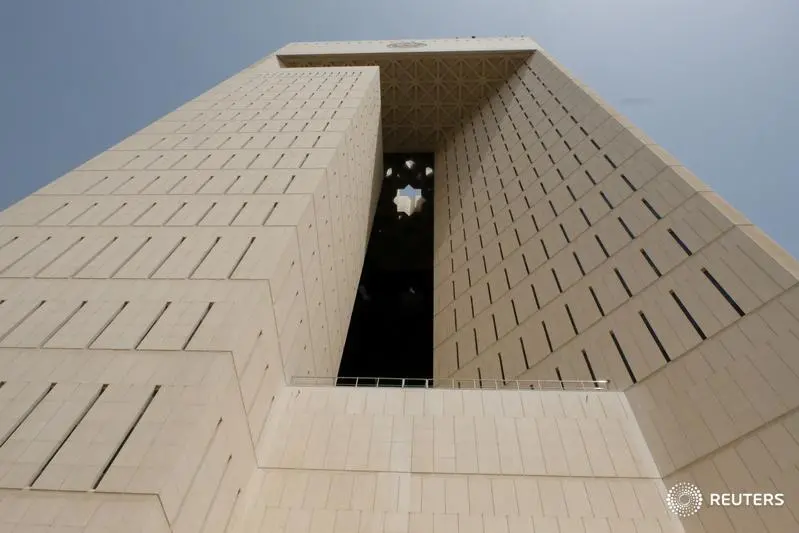PHOTO
Image used for illustrative purpose.
COVID-19 has triggered a sharp decline in global oil demand and prices, eroding Saudi Arabia's revenue and leading to a significant widening of the fiscal deficit. Global ratings agency Moody's estimates that the deficit will reach nearly 11 percent of GDP in 2020, up from 4.5 percent of GDP in 2019, and will drive a commensurate increase in the government's gross financing need, at least half of which can be salvaged by issuing sukuks.
Moody's also stated that the financing requirement will rise to around SAR 318 billion ($85 billion) in 2020 from SAR 153 billion ($41 billion) in 2019, and nearly half of the total financing will come from sukuk issuances, including through the established domestic sukuk program as well as private sukuk placements with autonomous government institutions (AGIs).
Moody's expects gross government sukuk issuance to nearly double this year to around $40 billion, up from $21 billion in 2019.
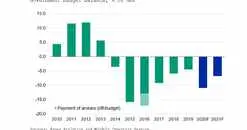

The government has so far issued around SAR84 billion ($22.4 billion) through the established local-currency sukuk program, an increase of 45 percent compared to the same period a year earlier, mainly because of the refinancing exercise in which the Ministry of Finance replaced SAR34 billion ($9 billion) of near-maturity domestic conventional bonds with listed sukuk with an average weighted maturity of 10.4 years.
Meanwhile, the government also placed unlisted sukuk into the portfolios of the AGIs – namely the General Organization for Social Insurance (GOSI) and the Public Pension Agency (PPA) – which we estimate amounted to an additional SAR45 billion ($12 billion), bringing total gross sukuk issuance in January-September to nearly $35 billion or more than double the amount of issuance over the same period in 2019, Moody's noted.
Latecomer to sukuk market
Saudi Arabia has historically relied on conventional borrowing and fiscal reserve drawdowns to meet its government financing needs,
However, in April 2017, the sovereign issued its first (multi-tranche) international sovereign sukuk for $9 billion. Soon after, the government established a domestic local-currency sukuk program in July 2017 and by 2019 the share of sukuk in total government financing reached more than 50 percent.
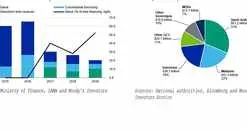

Click image to enlarge
Over the same period, Saudi Arabia became the largest sovereign issuer of long-term2 sukuk, with combined domestic and external sukuk issuance exceeding $61 billion during 2017-19, overtaking Malaysia and Indonesia, which have been the leading sovereign sukuk issuers for more than a decade.
(Reporting by Seban Scaria; editing by Daniel Luiz)
Disclaimer: This article is provided for informational purposes only. The content does not provide tax, legal or investment advice or opinion regarding the suitability, value or profitability of any particular security, portfolio or investment strategy. Read our full disclaimer policy here.
© ZAWYA 2020


